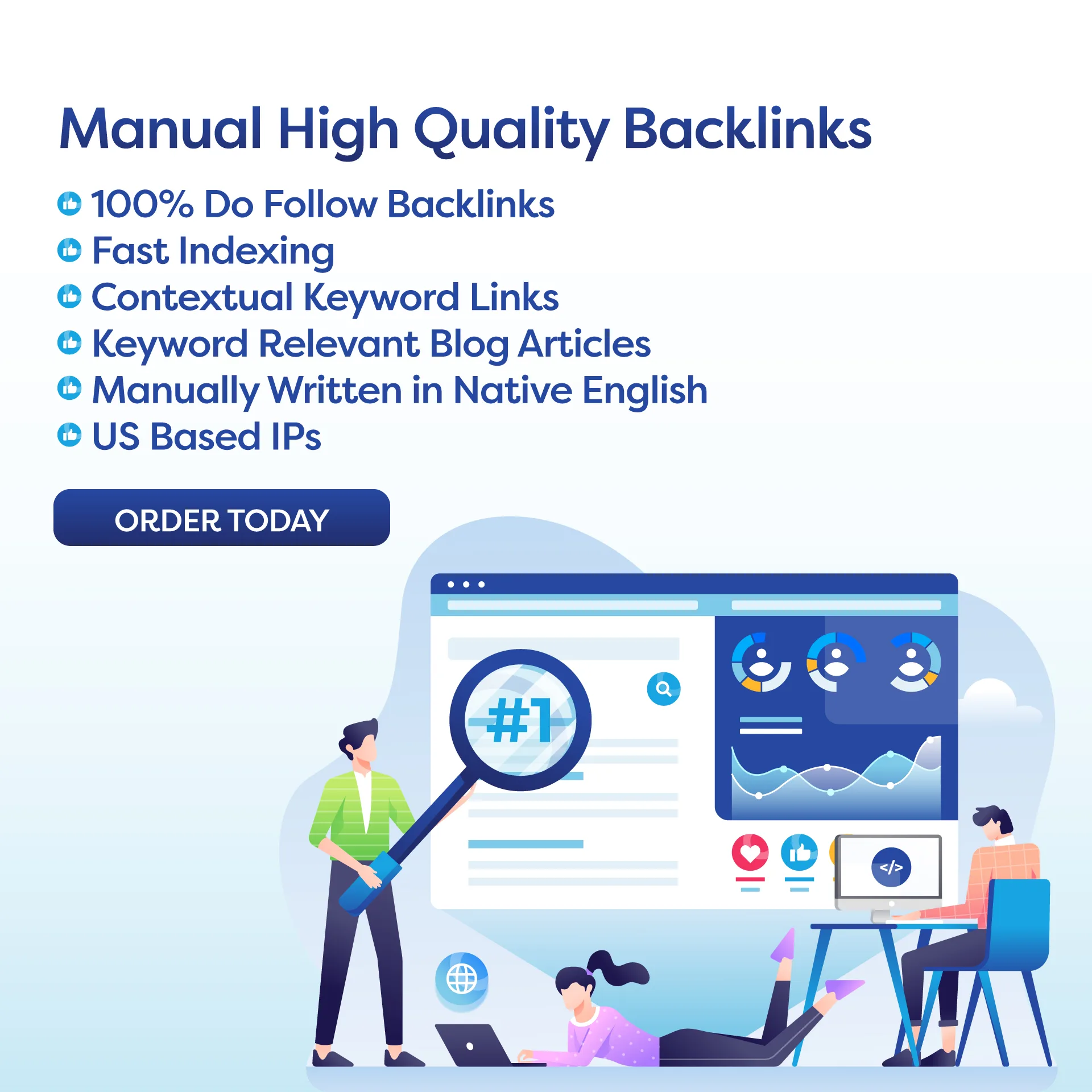In the digital age, ranking highly on Google SERPs is crucial for businesses. Understanding and leveraging Google SERP features can improve visibility and attract more clicks. Rich snippets, featured snippets, knowledge graph, and local pack are important features to optimize for. Key tips include creating high-quality content, using keywords strategically, and optimizing meta tags. Monitoring performance using tools like Google Analytics is essential, as is conducting an SEO audit and building high-quality backlinks. Staying up-to-date on SEO trends is crucial for maintaining a competitive edge. By following these strategies, businesses can improve their Google SERP ranking and achieve their online marketing goals.
**Introduction:**
In today’s digital age, being able to rank highly on Google search engine results pages (SERPs) is crucial for businesses looking to increase their online visibility and drive traffic to their websites. However, with Google constantly updating its algorithms and introducing new features, it can be challenging to keep up with the latest trends and strategies. One of the most important aspects of Google SERP optimization is understanding and leveraging **Google SERP features** to improve your visibility and attract more clicks from search engine users.
**Key Takeaways:**
– Understanding the different types of Google SERP features
– Optimizing your content for Google SERP features
– Monitoring your performance and making adjustments as needed
– Creating an action plan for improving your Google SERP ranking
**Types of Google SERP Features:**
**Rich Snippets:** Rich snippets are enhanced search results that include additional information pulled from the page’s content. This can include things like reviews, ratings, and images, providing users with more context about the page before they click on it. To optimize for rich snippets, make sure to include structured data markup in your HTML code and provide detailed information that Google can use to generate the snippet.
**Featured Snippets:** Featured snippets are concise answers to user queries that appear at the top of the search results page. These snippets are typically pulled from the content of a page that Google deems to be the most relevant and authoritative on the topic. To optimize for featured snippets, create high-quality content that answers common user questions concisely and clearly.
**Knowledge Graph:** The knowledge graph is a visual representation of information related to a user’s search query, displayed on the right-hand side of the search results page. This feature pulls information from various sources across the web to provide users with a quick overview of the topic in question. To optimize for the knowledge graph, make sure your content is accurate, up-to-date, and easily digestible for search engine crawlers.
**Local Pack:** The local pack is a feature that appears for location-based searches, displaying a map and a list of local businesses related to the search query. To optimize for the local pack, ensure your business information is accurate and consistent across all online directories and review sites, and encourage customers to leave positive reviews to improve your local search ranking.
**Key Tips for Optimizing Your Content:**
**Create High-Quality, Relevant Content:** Google values content that is useful, informative, and engaging for users. Make sure your content is well-written, unique, and addresses the needs and interests of your target audience.
**Use Keywords Strategically:** Incorporate relevant keywords into your content, but avoid keyword stuffing, as this can negatively impact your search ranking. Focus on using keywords naturally within your content to improve its visibility on Google SERPs.
**Optimize Meta Tags:** Meta tags, including title tags and meta descriptions, play a crucial role in determining how your content appears on Google SERPs. Make sure to include relevant keywords and compelling language in your meta tags to increase click-through rates.
**Monitor Your Performance and Make Adjustments:**
Regularly monitor your Google SERP performance using tools like Google Analytics and Google Search Console to track your rankings, traffic, and click-through rates. Analyze this data to identify areas for improvement and make adjustments to your content and SEO strategy as needed.
**Action Plan for Improving Your Google SERP Ranking:**
**Conduct a Comprehensive SEO Audit:** Start by conducting a thorough audit of your website’s SEO performance, including technical issues, content quality, and backlink profile. Identify areas that need improvement and develop a plan to address them.
**Optimize Your Content for Google SERP Features:** Implement strategies to optimize your content for rich snippets, featured snippets, and other Google SERP features to increase your visibility and attract more clicks from search engine users.
**Build High-Quality Backlinks:** Focus on building a diverse portfolio of high-quality backlinks from reputable websites to improve your domain authority and boost your Google SERP ranking.
**Stay Up-to-Date on SEO Trends:** Keep abreast of the latest SEO trends and updates to Google’s algorithms to ensure your website remains optimized for search engines and maintains a competitive edge in the online marketplace.
**Conclusion:**
In conclusion, understanding and leveraging Google SERP features is essential for improving your online visibility and driving traffic to your website. By optimizing your content, monitoring your performance, and making adjustments as needed, you can increase your chances of ranking highly on Google SERPs and attracting more clicks from search engine users. Follow the key tips and action plan outlined in this article to improve your Google SERP ranking and achieve your online marketing goals.
**FAQ:**
**Q:** How can I optimize my content for featured snippets?
**A:** To optimize for featured snippets, create high-quality, concise content that answers common user questions clearly and directly. Use structured data markup to provide Google with the information it needs to generate the snippet.
**Q:** Why is it important to monitor my Google SERP performance?
**A:** Monitoring your Google SERP performance allows you to track your rankings, traffic, and click-through rates, identify areas for improvement, and make adjustments to your SEO strategy as needed to improve your visibility and attract more clicks from search engine users.

